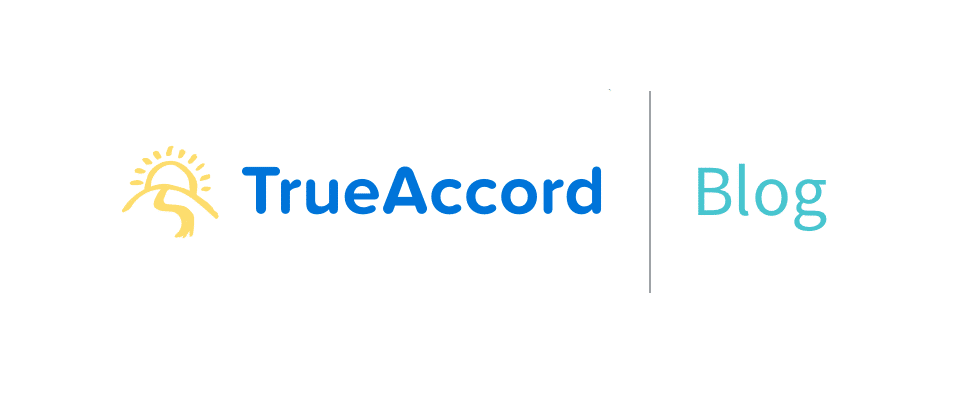
Companies have many choices as to how they manage their delinquent and charged off debt portfolios. Options range from having an internal collections team, working with third parties, selling their debt to debt buyers to engaging the court system. Every company has its own requirements, so collection strategists must leverage the available options to varying degrees to optimize its resources, protect the brand name, and recover as much as possible while remaining compliant.
TrueAccord achieves extraordinary collection results because it’s designed to fit into any debt collection model. Here’s how we optimize each stage of the collections process.
Pre-charge Off vs. Post-charge Off
Creditors service their debt in both the pre and post-charge off stage. Some creditors may choose to sell their debt post-charge off, but more sophisticated creditors will often have a strategy with multiple phases.
Pre-charge off focuses on remediation and putting the customer back on track. The collection is on the part of the loan that is late, which is often not the whole amount. Interest and fees may be accruing while most of the collection work is done as first party, under the creditor’s name. Post-charge off is the opposite; most collection is done as a third party and no interest and fees accrue. At this point, many creditors believe the customer relationship has been lost .
First-party vs. Third-party Collections
First party refers to using the creditor’s brand, while third party means using the agency’s. The former is common in pre-charge off collections and the latter in post-charge off. However, savvy collection strategies make use of both first and third-party collections in both stages.
Historically, pre-charge off is considered to be “soft” collections while post-charge off are recoveries or “hard” collections. As banks and issuers see more repeat customers, they are moving away from “hard” collections, because better customer relationships means more repeat customers. Several issuers use “back on track” plans to give customers in debt an on-ramp to financial services through more secured/specialty programs or products.
Legal and Pre-legal Channels
Depending on the characteristics of the debt, creditors can take legal action by hiring a lawyer to review the accounts and determine which ones to pursue and collect. However, many creditors first want to see how the collections route will succeed before resorting to legal action. This collection period before utilizing legal demands is often referred to as a “pre-legal” strategy.
The TrueAccord Advantage
Our goal with every client is to help build a strategic vision and chart the most effective path to great returns. TrueAccord fits into multiple stages of a sophisticated collection strategy: first party pre-charge off, first or third party post-charge off, pre-legal strategy, and even as a champion challenger to debt sales.
We help determine which accounts to pursue, for how long, and what the next steps should be after accounts have been handled by our system. TrueAccord has a vast library of content and algorithms based on years of real-life collections data that fit into these various strategies to improve returns and increase customer engagement.
For large clients with diverse collection requirements, we leverage multiple strategies based on their existing approach towards their current use of pre- and post-charge off, debt sales, legal, and placement duration. TrueAccord offers a combination of solutions to make the most out of our strategy. Our debt collection automation technology, Heartbeat, can handle the account as a first party pre-charge off, then become a third party post-charge off followed by a call-center agency, or a pre-legal strategy followed by a law firm.
TrueAccord works with every client to optimize collections performance for the long run. We can help you build an intelligent, sustainable and successful collections strategy. For more information, check out our podcast page on SoundCloud.